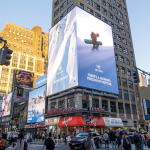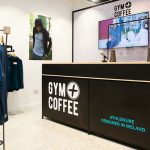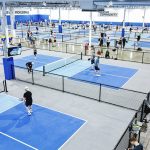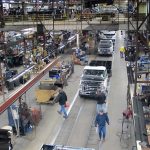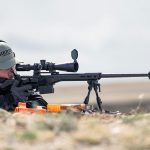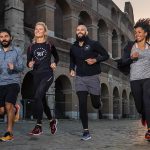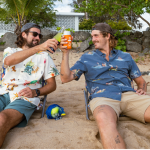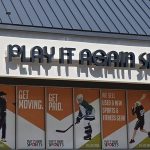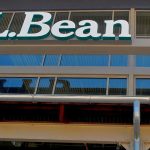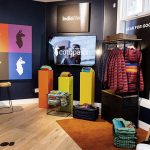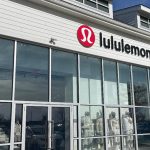While the womens trend in sport footwear held the overall business in footwear in check last year, the reverse was true for the sports apparel business. Strength in the womens sports apparel business, particularly in performance apparel, kept the overall business in positive growth territory for 2006. The overall sports apparel market generated a 1.7% increase in retail sales in 2006, according to analysis conducted by The SportsOneSource Group, a bit off the 2.5% growth in 2005.
According to the SportsOneSource Market View 2007 report, overall sports apparel sales at retail were approximately $21.8 billion for the 2006 retail fiscal year through January 2007, compared to approximately $21.4 billion in the prior-year period.
Growth in retail sales of sports apparel for the 2007 retail fiscal year are expected to accelerate a bit from the 2006 growth, increasing 2.0% to approximately $22.2 billion, driven by a return to growth in the mens business and a solid increase in the kids sports apparel business more than offsetting slower growth in the womens end of the market.
Apparel with performance attributes moved further into the mainstream in 2006 as more and more manufacturers jumped into the category offering still more product offering high tech properties. Compression performance apparel remained a strong seller in 2006, but the big growth came from looser fitting styles as consumers holding a six-pack decided they wanted the same technical apparel (or look) as athletes, only without the skin-tight look.
Nowhere is the shift to performance more dramatic than it is in the t-shirt business (see graph below) where sales of both short- and long-sleeve performance t-shirts were up over 40% in 2006, while compression shirts posted growth of 20% for the year. All the more telling is that short-sleeve t-shirts from athletic brands as a whole were down 12% for the year. Average selling prices for performance apparel were slightly up for the year as brands offered more cut & sew colorblocked items at higher price-points, but the performance t-shirt business did see a low-single-digit decline in prices for the year. This trend may widen in the years ahead as more vendors look to add features to more basic product at lower price-points and as retailers begin offering more private label performance product.
With the retro-80s look picking up momentum throughout the year, slimmer fit product began to pick up as well, especially with the younger set. Just as low-profile and vulcanized were popular styles in footwear, slim fit tops and bottoms saw increased sales to match. Conversely, the hip hop look began fading during 2006, with the trend expected to continue in 2007. Customers who previously cultivated the hip hop look are now moving toward preppy styles with polos, especially those from marquee athlete collections and premium brands like Lacoste, benefiting the most.
Outerwear sales were up slightly for the year as a warm end to the winter of 05/06 and a late start to the 06/07 winter paired to leave the fiscal 2006 year with little cold weather to drive sales. However, mild weather product like The North Face Denali jacket as well as outdoor/adventure vests saw strong sales gains in the year. The sweats/fleece category did not follow as that overall category was down for the year, as were each of its sub-categories. On a bright note, hoodies and full-zip hoodies ended the year with a string of weekly sales increases that followed along with the growing tight-fit jeans, full-zip hoodie look. Also on the down side, headwear was especially weak in 2006 with caps, hats and visors all well down for the year as the fashion play switched to more upscale looks and away from basic baseball caps.
Look for a more in-depth analysis of the 2006 sports apparel business in the 2007 edition of the SportsOneSource Market View report to be released in April

